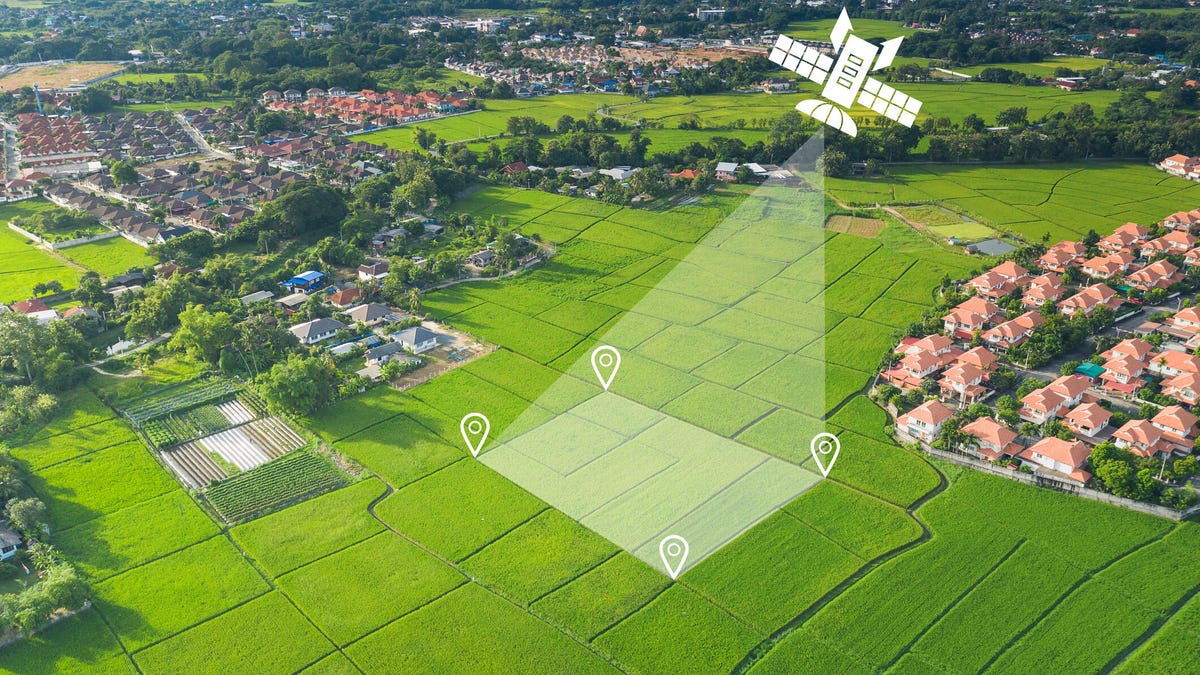🔍What Exactly Is Geofencing?
Geofencing: Mapping your location
Geofencing is a mobile technology that taps into location-based data (usually via GPS and other map app tricks). It allows users to fence in a specific spot and create rules about what happens when they leave that spot, as tracked by the location of their phone. Different companies have different types of geofencing methods but the end result is the same.
In smart homes, the geofenced area is typically a home. When a user moves away from their home with their phone or other device that’s tracking their location, it dings when it reaches a certain distance away, which causes connected devices to do things.
More complex geofencing allows users to literally draw on a digital map to set its boundaries but in most cases, you just give the app your address and it does the rest for you.
An important note: Consumer-focused geofencing should not be confused with marketing or law enforcement geofencing, which shares the same name but is a completely different practice. In law enforcement, for example, geofencing refers to requesting user data from all mobile devices in a specific area. Courts are currently in disagreement on whether this growing practice is legal.
How smart homes use geofencing
So, what does geofencing actually do? It can change how home devices act when someone is away from home vs. when they are at home or arriving home. This has several practical, time-saving capabilities.
For example, users may be able to set routines that turn off the lights, lock the door and close the garage when they start driving away from home. Or, if they regularly get home in the dark, they may be able to link up smart lights to turn on as they’re approaching the house.
That’s just the start of what you can do with geofencing and a smart home. Other people may prefer to focus on their smart thermostat, letting it automatically ease off heating and cooling when they leave their home, then make things more comfortable when they get back.
Getting started with geofencing capabilities
You don’t have to arrange complex smart home routines or draw lines around a map to take advantage of geofencing. In fact, it’s best to start small when first using this feature and see how it works in your own home.
One of the easiest ways to begin using geofencing is to get a smart plug that supports home/away modes. The plug will simply turn off a connected device when you’re gone, which can help save electricity. You could connect it to a light, a fountain, fan or air purifier and see if it turns off as you leave and starts working again when you arrive home. That may give you other ideas about what technology you’d like to control based on leaving or arriving home.
Or, if you have an existing security system, you can check to see if it supports home/away modes that use geofencing. It can be very handy to set your security system up to automatically arm and disarm based on whether you are out of the house. Plus, you may not even need to purchase any new devices, just change some settings in your app. I recently tested these sorts of services with ADT and the ADT+ platform, which also allows you to integrate smart lock behaviors and more.
If you’re looking for new tech that includes geofencing, look for devices that support Matter or that work with major platforms like Alexa, Apple Home and Google Home. Geofencing isn’t guaranteed, but this makes it more likely.
Is geofencing safe and private?




